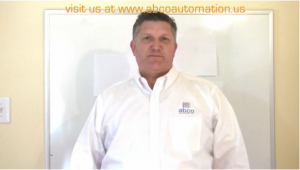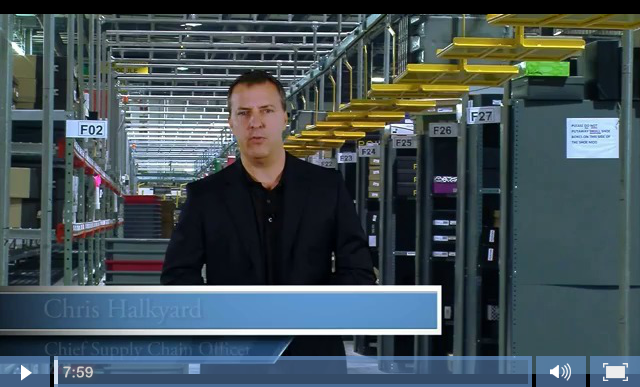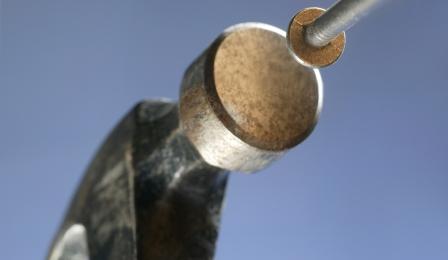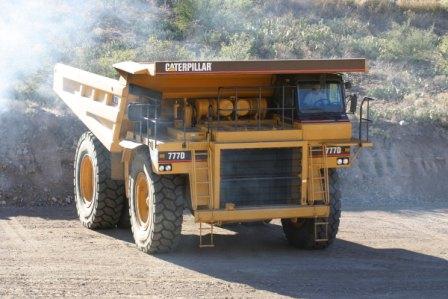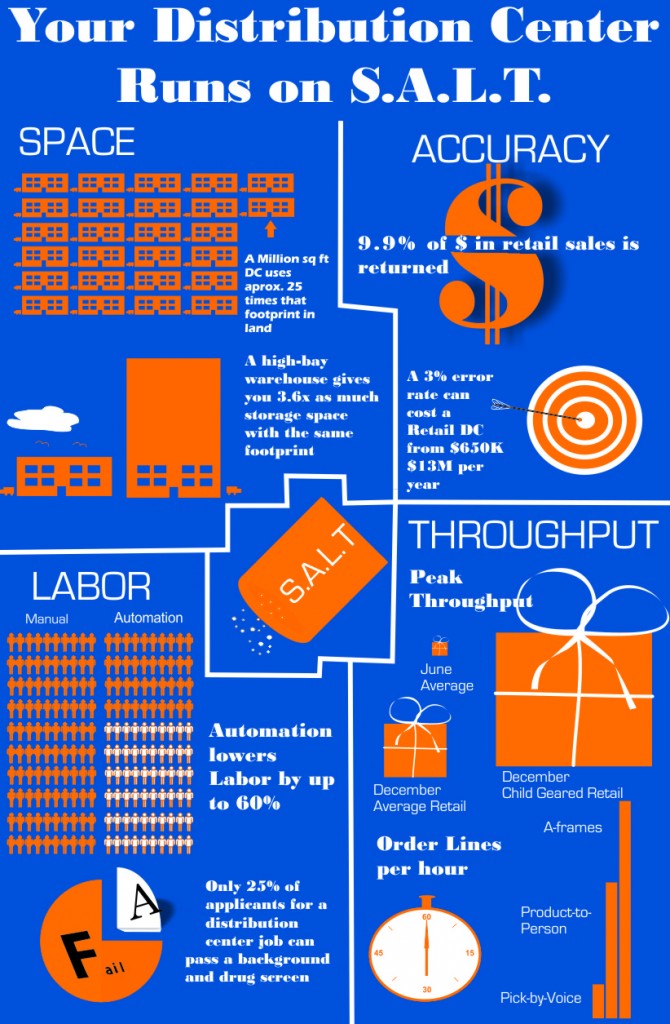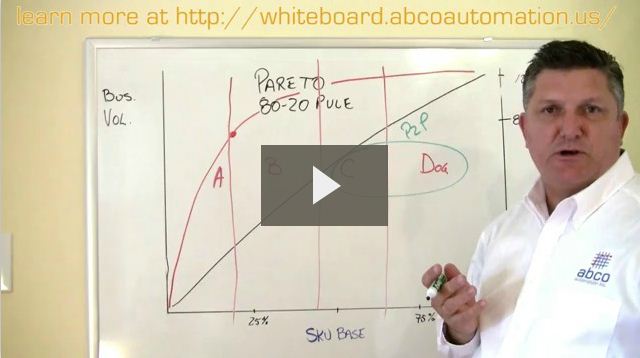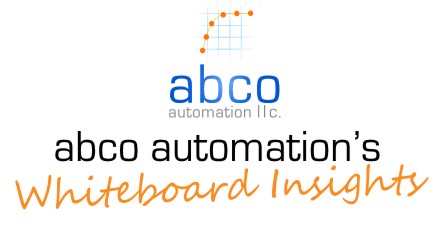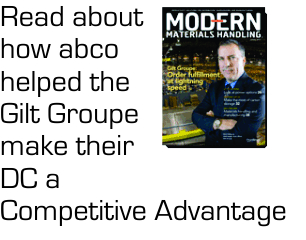Hi I am Cory Flemings from abco automation. I want to welcome you back to whiteboard insights. Today we’re going to talk about the supply chain optimization and why it matters. I heard a story one time about a Vice President of Distribution for a very well-known health and beauty aid manufacturer who gave this talk about when he took over as VP. He asked what is the cash to cash cycle line for a particular brand of shampoo?
What is the time from the point where we spend money on boxes bottles or whatever you need for the shampoo and the manufacturing process to the time you get the money back from Wal-Mart (their end customer). Guess how long that process was?
Really, write it down and make a commitment you might be surprised at the answer. Well despite the fact that I’m not Vanna White, here is the answer. 47 weeks, 47 weeks of time. From the time that they bought bottles of goop, and paint and to the time they got their money back from Wal-Mart.
Now the next question he asked was this of those 47 weeks how much time do you really take to add the value process?
That is to make the product. Surprise again. 90 minutes. So out of the 47 weeks of time they only spent 90 minutes actually producing the product, and the final question how much of the corporate attention was on the 90 minutes?
You got it 90%. What does this mean? This means, what the significance of those things, if you can reduce the time that you have to spend on the cash cycle by 50% you get your money and your profit twice as fast as you used to and that matters cause now you can take that money and you can pass it on to the customer and get market share by having a lower cost product or you can put your money in your pocket and make more money and apply to marketing and beat your competition. That what in either case supply chain optimization is critical to companies who both do the same thing and make basically the same product you can see one company or the other is going to win on the basis of the supply channel alone.
So if you’re not lying awake at night worrying about your supply chain maybe you should.
